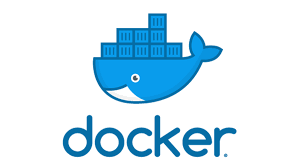Introduction To Docker: A Beginner’s Guide

Docker is a platform for developers that allow them to write, package, and deploy programmes in containers. Containers are small, independent, executable packages that include everything needed to run a programme, including code, libraries, and dependencies. Docker enables the uniform and repeatable packaging and distribution of programmes, regardless of the underlying infrastructure.
The containerization process begins with the creation of a container image that comprises the application and its dependencies, followed by the execution of the container image within a container. The container image is a point-in-time snapshot of the program and its dependencies. A Dockerfile, which is a text file containing instructions for generating the image, may be used to create the container image.
The following stages are commonly included in the Docker file:
1. Provide the base picture: The base image serves as the foundation for the container image. It contains the operating system as well as any additional dependencies required to run the program.
2. Install dependencies: Install any libraries, packages, or modules required to operate the application.
3. Paste application code into container image: Paste the application code into the container image.
4. Expose ports: Specify the ports on which the application listens.
5. Provide the command: Specify the command that will execute the program.
After creating the Docker file, the container image may be generated with the docker build command. The Docker file is read and the container image is built using this command. After that, the container image may be run with the docker run command.
Containerization and Docker provide significant advantages over traditional deployment techniques. Containers are portable and may operate on any Docker-compatible platform. Containers, independent of the underlying technology, provide a consistent environment for executing programs. Containers are less resource-intensive than standard virtual machines. To accommodate shifting demands, containers may be readily scaled up or down. Containers offer a safe environment for running programs, with each container separated from the host system and other containers.
To summarise, Docker and containerization have transformed how programs are created, packaged, and delivered. Docker enables the uniform and repeatable packaging and distribution of programs, regardless of the underlying infrastructure. Containerization over traditional deployment techniques has various advantages, including portability, consistency, efficiency, scalability, and security. As containerization grows in popularity, developers must grasp the fundamentals of Docker and the containerization process.